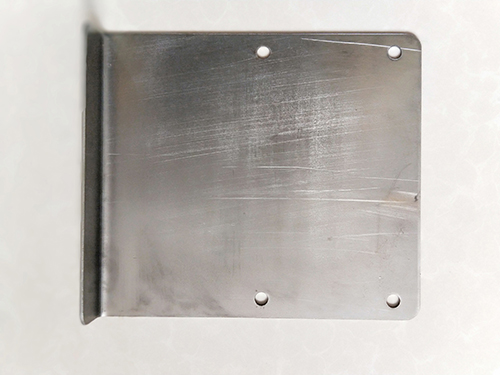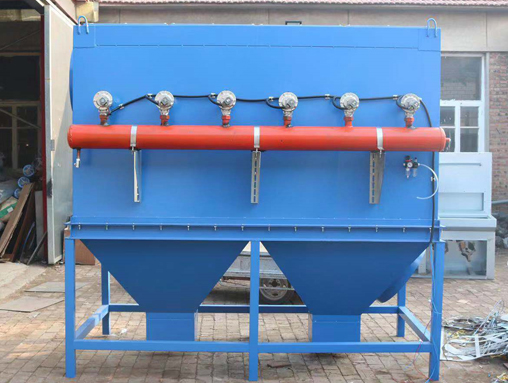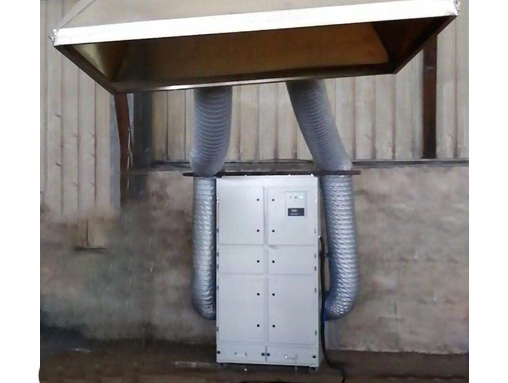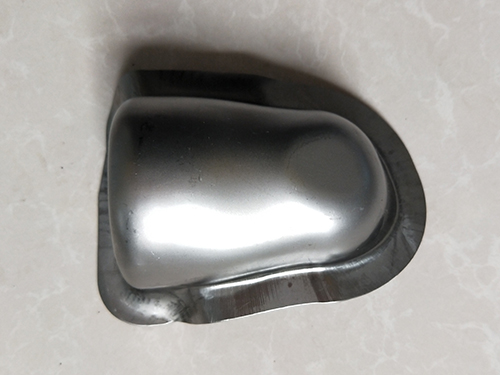Stamping process design stage and forming quality control
【1】 Design stage of stamping process plan
When designing the stamping process plan, it is possible to design the process plan based solely on the product data of the parts, so that the parts can be processed and formed. The process scheme for stamping the car door collision beam can be designed as: drawing+trimming and punching. This process design scheme does not pay attention to the requirements of part tolerances, and there is no relevant precision scheme. There is a risk that the accuracy of local parts cannot meet the usage requirements (such as the welding matching surface between the collision beam and the door outer panel), which affects the lap matching during the welding of the white body.
In order to ensure that the precision of the parts after processing can meet the precision requirements of the welding assembly and the white body, based on the size and tolerance of the parts and the requirements of the reference positioning system (RPS) drawing, the scheme of local tolerances and positioning methods of the parts is reflected in the process design. The process scheme is optimized as: drawing+trimming punching+forming, with the requirement of the contour of the overlapping surface of the parts.
During stamping processing, the accuracy level of hole positioning is higher than that of shape positioning, so in metal stamping parts; When designing the process plan, try to use hole positioning as much as possible, and maintain consistency in the positioning points between each stamping process to avoid cumulative errors caused by the conversion of positioning benchmarks.
In addition, in the manufacturing process of pushing from low-level sub assemblies to sub assemblies from stamped parts → sub assemblies → large sub assemblies → white body, the RPs should be unified in the upper and lower sequence, so that the point positioning pins and main positioning surfaces are inherited step by step; Low unused locating pins and main locating surfaces cannot appear on high sub assemblies. Reduce cumulative errors by inheriting the main positioning points between welding processes.
Therefore, unifying the RP8 points in the upper and lower sequences, while maintaining consistency in the positioning benchmarks between stamping molds, part gauges, and welding fixtures, is also one of the basic principles for improving detection accuracy and reducing the accumulation of errors in white body. It should be strictly followed when stamping molds and welding fixtures.
【2】 Quality control of stamping parts forming
The quality control of stamping forming is achieved through the prediction and monitoring process of statistical control methods to make real-time adjustments, thereby improving production efficiency and benefits.
1. Pareto diagram method
The purpose of drawing a layout diagram is to visually represent it in a graphical way, so that manufacturers can clarify where to start improving product quality. In the factors that cause quality problems in stamped parts, the phenomena and causes of quality are usually classified, and the frequently occurring quality problems and influencing factors are found from them.
2. Control chart method
Control chart is the application of statistical techniques to achieve process control, mainly to timely trace the control chart of each process according to the rules in the dynamic production process, and take measures to reduce costs.
3. Increase detection technology
To accumulate errors in the mold manufacturing process, it is necessary to do a good job in assembly and debugging.
The color coating method can be used for trial punching to reflect the contact and flow conditions of the sheet metal during stretching based on the color fading situation, which is more likely to cause problems such as wrinkling or cracking of the stamped parts during the stretching process. Before testing, master the skills and methods of using measuring tools such as vernier calipers, rulers, feeler gauges, and clearance gauges. Inspectors should grasp the measurement scale and range. Testing metal stamping parts is an important means to avoid batch problems in stamping parts. Next is the matching size detection, which follows the operating instructions of the measuring tool. The measurement content is analyzed based on the specific part situation, and then the mold is adjusted correctly to achieve good results. The next step is to improve the quality of the testing personnel. At present, the cultural level of stamping workers is relatively low, and it is inevitable that they will be eager for quick results during the processing. Therefore, small batch production can only be carried out after the stamping parts are inspected and qualified, and mass production can only be carried out after all inspections are qualified. In mass production, it is necessary to avoid causing changes in the forming process.
In short, to control the quality of stamped parts, it is necessary to systematically identify the various factors that affect their quality, and design quality grades and levels that can achieve good economic benefits.







